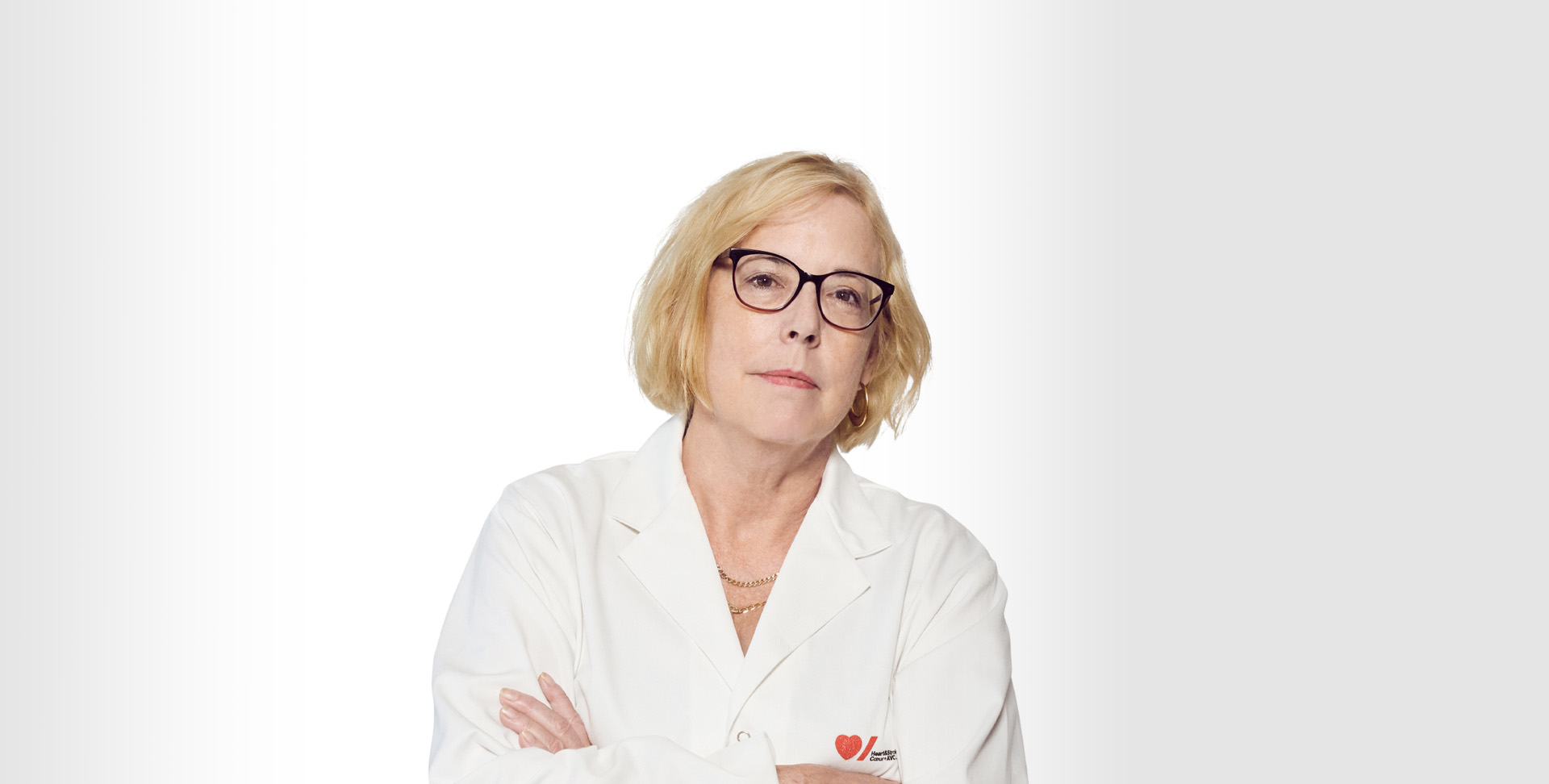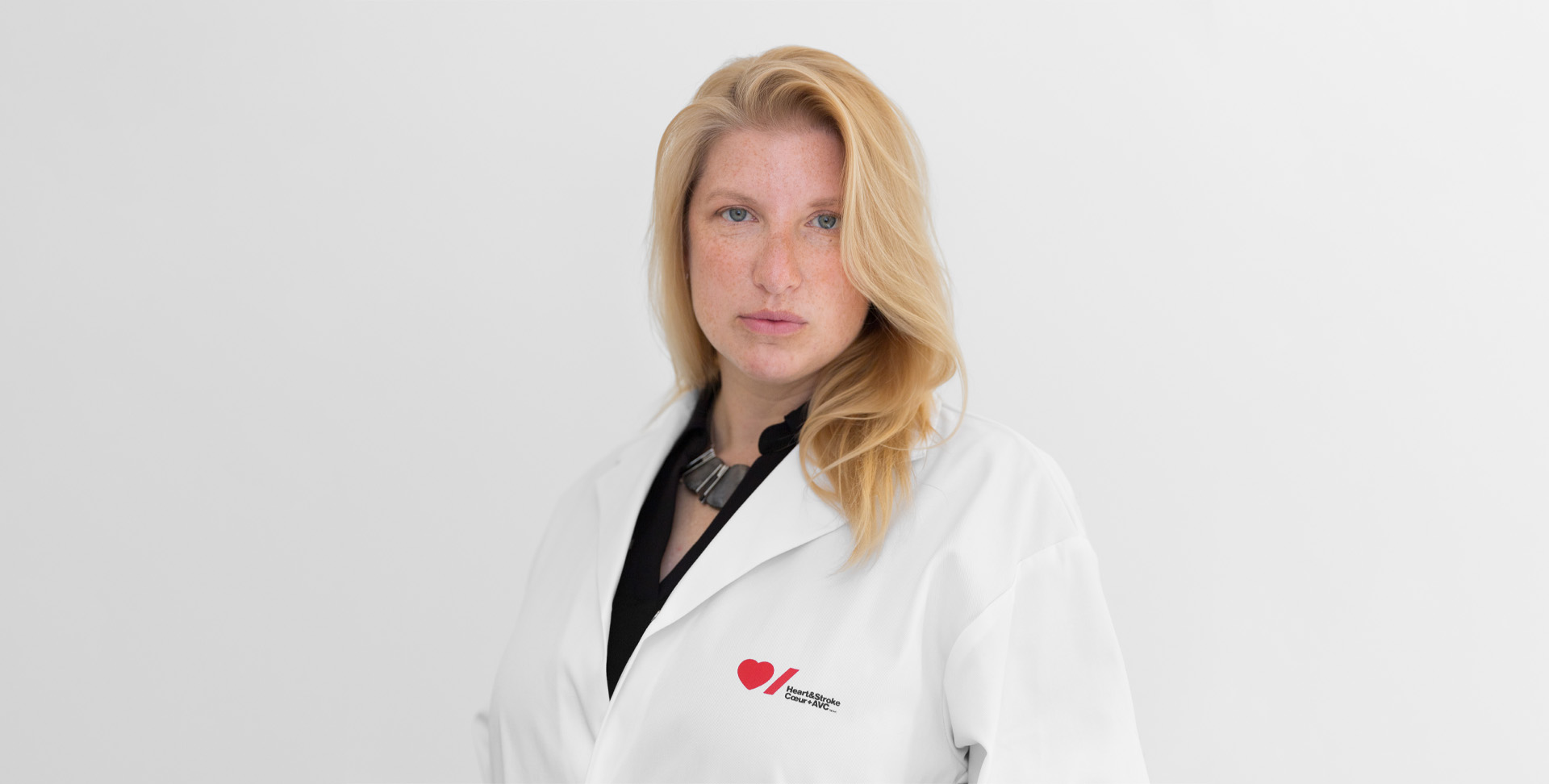
An event that turned her universe upside down
How a few hours changed the life of a former Mrs. Universe Canada
Chapter 1 The key to it all
Samantha Gomez was getting frustrated.
It was a regular Tuesday morning. She was on her way to work and needed help finding her keys. However, neither her parents nor her fiancé seemed to understand what she wanted.
“In my mind, I was asking ‘Where are my car keys?’“ she recalls, as she was trying to leave the house. “But in reality, I kept saying, ‘Where are my limes?’ I thought I made perfect sense, so I didn’t get why everyone looked so worried.”
At 23 years old, Samantha was experiencing the first symptoms of what turned out to be a severe ischemic stroke . “I didn’t realize something was wrong until I saw the police and the paramedics run in the house.”
She was rushed to a nearby hospital where a CT scan confirmed her condition. But there was more bad news. The medical team didn’t have tPA – a medication that helps restore blood flow to the brain and minimize the effects of stroke – on hand.
By the time Samantha was transferred to another hospital that carried the drug, it was already too late. She had missed the brief window when the medication could potentially be effective. “My family was devastated. It was the first time anyone among us had a stroke, so they didn’t know what was going on. Everyone was very, very scared.”

Join the fight to end heart disease and stroke.
Chapter 2 Work in progress
It was only after she was transferred to a more specialized hospital, Toronto’s Sunnybrook Health Sciences Centre, that her family was given a reality check: The road to Samantha’s recovery would be very long.
“I couldn't lift my right arm. My vision was off, and I couldn’t talk. It was awful,” she remembers.
Her chances of recovering the ability to speak were particularly slim. Intense therapy had to start right away. “One of my tasks was to practice saying the days of the week. The doctors told my family it would take me months to learn.”
Her fiancé, Rob, saw it differently. He took charge of the process, working with Samantha all day to the point where she was completely exhausted. “It’s like he turned this exercise into a project and would not take no for an answer from me. The very next day, I was able to say the days of the week clearly and properly.”
Her medical team couldn’t believe the progress she had made in such a short time.

A week after her stroke Samantha had limited speech and very low energy.

Samantha’s speech therapist gave her word games to help her learn how to speak again.

A visit from a therapy dog brought a smile to Samantha’s face while she recovered in hospital.
This outcome was unexpected. And while we’ve seen improvement in stroke awareness, care and treatment, about 60% of people in Canada who have had a stroke live with some degree of disability that impacts one or more daily activities.
Crucial research currently being funded by Heart & Stroke could help move the dial. Dr. Yu Tian Wang, for example, is a neuroscientist at the University of British Columbia, is currently developing medication that could help protect brain cells from damage, even when treatment is as delayed as Samantha’s case.
In the end, it took nearly a month for Samantha to recover almost completely. You would never know she had a stroke. She tells her story confidently and is able to speak normally.
“Sometimes I struggle with pronunciation, but only with random words I don't use every day. Other than that, I’ll have pain in my right arm when I work on the computer for a long time. But it goes away when I take a break.”
Chapter 3 The universe on her side
Samantha’s stroke helped her put things in perspective. She quit the stressful job she held at a law firm. She then took the opportunity to participate in the 2018 edition of the Mrs. Universe Canada pageant, which she won and used as a platform to bring awareness to brain diseases – which she still does today.
“Before I had my stroke, I thought only older people could get them. I had no idea that I was even able to have one. I didn't know the importance of recognizing the signs early and how crucial it is to react quickly. My stroke was a very rude awakening to all this.”

Samantha won Mrs. Universe Canada in 2018 and used it as a platform to bring awareness to brain diseases.

Healthy and happy, Samantha and Rob are modeling healthy, vibrant lifestyle choices for their children.

Santiago (4) and Camila (2) are the brightest stars in Samantha’s universe.
Since her stroke seven years ago, what’s new in Samantha’s universe? She married Rob, moved closer to family, and now has two beautiful children: Santiago (4) and Camila (2).
Lately, she’s been focusing on modeling a healthy lifestyle, for her own sake, and her children’s. Her family has played a huge role in her mental and physical recovery. She’s especially thankful for her husband, who wouldn’t let her give up, and reminds her of how far she’s come. The doctors are still marveling at her progress, especially given the severity of her stroke.
Feeling that gravitational pull to move closer to her support system was crucial. She credits her close-knit family for her resilient recovery - a storm they weathered together.
- Find out how stroke is treated
- Learn more about recovering from stroke
- 5 surprising facts about stroke
Related stories

Extending heart health for aging
Dr. Susan Howlett targets frailty to help you live healthier, longer. Especially women.

A love story saved

Preventing stroke before it strikes
Research by Dr. Jodi Edwards could head off the factors that increase risk – especially for women
